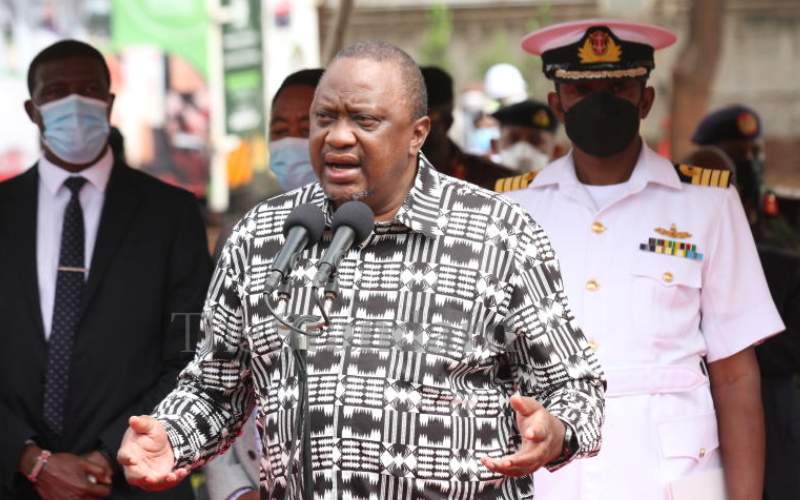×
The Standard e-Paper
Fearless, Trusted News

President Uhuru Kenyatta speaks at Roysambu, Nairobi, December 2021. [Edward Kiplimo, Standard]
President Uhuru Kenyatta’s imminent retirement is confounding friend and foe alike, leaving all wondering what Kenya’s fourth president could be up to.